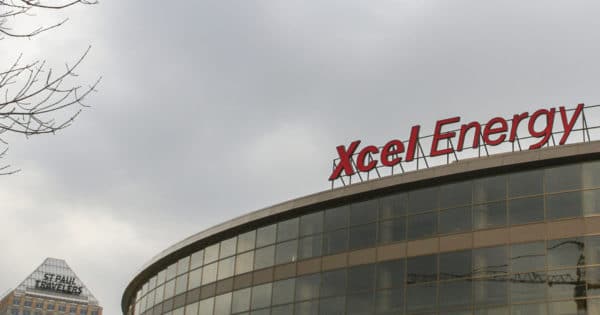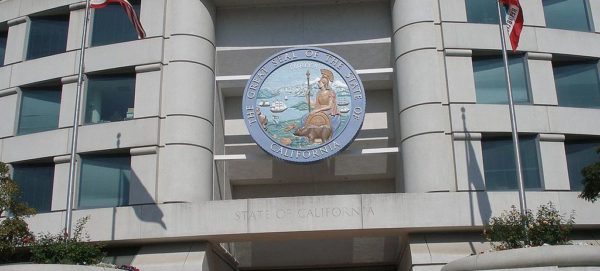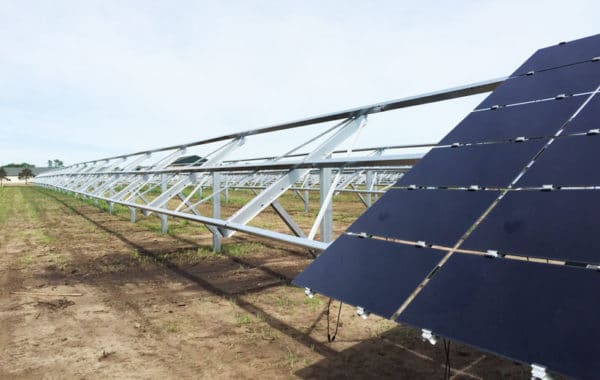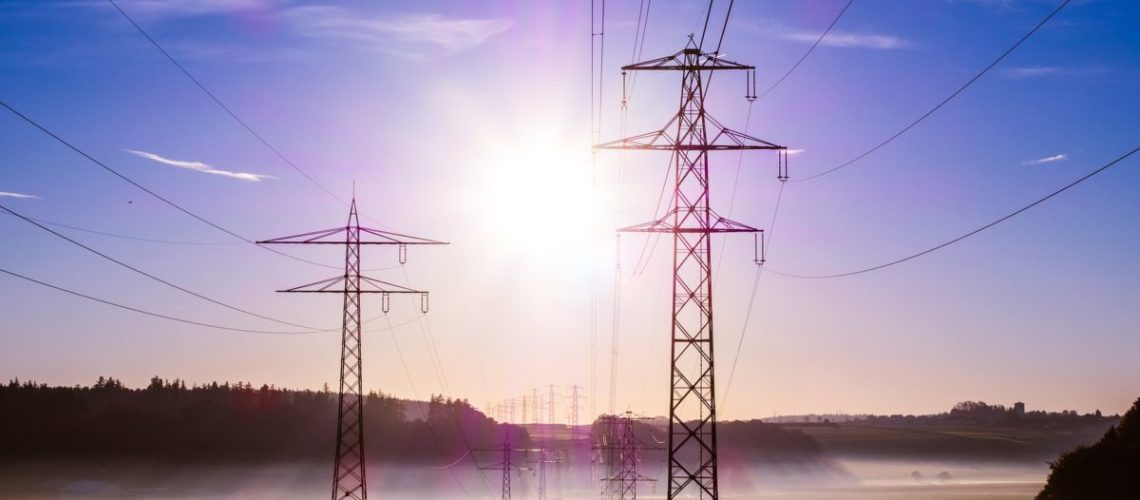Interconnection is a crucial, yet often overlooked, issue for enabling timely deployment of solar and other clean energy projects. Literally every grid-connected project must go through the interconnection process and delays can thus impact projects of every size and type. Across the country, outdated and cumbersome interconnection policies put the brakes on clean energy development, hindering market growth and the rapid climate action needed to avoid the worst impacts of climate change.
Interconnection policy improvements will be central to enabling the rapid deployment of DERs (such as solar PV, energy storage, electric vehicle chargers, and more). As discussed in prior articles in this series, rethinking interconnection policies to make them more efficient and ensure they recognize the unique characteristics of energy storage on the grid can help remediate the situation.
However, there is also a significant need for greater accountability in the interconnection process.
Why? Because utilities have no incentive to create efficient interconnection processes on their own. In many places, utilities continue to see DERs as either direct competition to utility-owned resources, or at best, are generally neutral on whether they thrive. Utilities have an absolute monopoly on grid access in their territories. As a result, the utilities hold all the cards in the interconnection process and there is no competitive pressure for utilities to improve the service they provide to interconnection customers.
In contrast, customers and DER developers experience very real impacts when utilities fail to meet interconnection process timelines. These include potential loss of financing, loss of opportunity to receive incentives or limited spots in procurement programs, loss of revenue from production, and the risk of failing to meet timelines in customer contracts or power purchase agreements.
All of this means that the role of regulators is essential in providing utility accountability to interconnect projects in a timely fashion.
Interconnection Delays in the News Highlight the Problem
Delays in the interconnection process are common and translate to higher costs for developers (and thus customers) and can even result in lost projects. In a dramatic example of how severe these delays can be, Xcel Energy in Minnesota this year made headlines for having over 300 projects waiting for interconnection approval.

One Xcel customer was told they would have to wait 15 years for interconnection, and an analysis by the Minnesota Solar Energy Industries Association estimated it would take 260 years to clear the backlog at the utility’s current pace of review.
Similar issues with interconnection backlogs were reported in Maine early this year (in addition to significant increases in grid upgrade costs for some developers, though these were later rescinded). Interconnection delays in Massachusetts have also received media attention, with a letter from legislators to the Department of Public Utilities describing anticipated waits of over five years for some projects.
Unfortunately, while media attention to cases like these helps shed light on the problem, a dearth of public data on the turnaround times for most clean energy interconnection requests makes it more challenging to quantify the situation and pinpoint solutions.
The Need for Better Data and Regulatory Follow-Through
Few regulators require utilities to keep strong records tracking their performance on interconnection timelines. This makes it harder to understand what’s working, what’s not, and what the best solutions are.
Commissions who regulate utilities need information to make decisions. Without tracking, it can be both difficult to determine the actual pain points in the process and there can be no accountability for failure to comply with the processes adopted by the regulator.
The need for interconnection timeline accountability has two parts: The need for better data on utility interconnection timelines, and follow-through from regulators to require compliance with reasonable turnaround times.
Better Data is Essential for Accountability
If regulators do want to hold utilities accountable for a fair and efficient interconnection process, then having data on how that process is actually going is essential. Unfortunately, many Commissions do not even have basic requirements for collection and retention of interconnection related data, let alone regular reporting requirements.
A recent experience in California illustrates the consequences of failing to adopt clear requirements for the collection and reporting of interconnection data. The California Public Utilities Commission (CPUC) commissioned an outside consultant to conduct an independent evaluation of utility practice in adherence to the state’s interconnection rules, including current performance, successes, and challenges.

What the resulting report found was glaring gaps, disorganization, and inconsistencies in the records of California investor-owned utilities on interconnection. In some cases, records were so bad that it was impossible for the consultant to assess the utility’s compliance. Each of the utilities had different methods for tracking data in place, at times the data that was tracked did not actually comport with the steps required in the interconnection rules, and often certain steps or information were not recorded at all.
The California experience illustrates that efforts to understand how the interconnection process is going and whether utilities are in compliance with the processes established in interconnection rules are not always possible if data has not been collected or organized in an accessible fashion. As this case highlights, regulatory commissions need to take seriously the need to clearly define requirements for data collection, organization, and reporting on utility performance in the interconnection process as a first step towards establishing accountability.
Multiple Paths to Timeline Accountability
The second part of this process is to define the metrics and carrots and/or sticks that can be used to actually hold utilities accountable for a fair and efficient interconnection process. There are multiple different types of metrics that can be used.
The most obvious method is to measure compliance with each utility timeline in the interconnection process. This is achievable if high quality reporting requirements are in place, but there are a few aspects of this that regulators will want to consider as they think about timeline tracking.
Interconnection procedures are growing in complexity and may have many different timelines that need to be tracked in order to capture the entire process. However, paying attention to only a small segment of the timelines is not likely to reveal whether the process as a whole is working and may even incentivize utilities to use shortcuts in some steps that they then make up for with delays elsewhere.
For example, if a Commission applies a metric to “completeness review”, but does not track when a utility puts an application “on hold” while it requests more information from an applicant later in the process, the utility could be incented to expedite the initial completeness review because they know they can just ask for more information later (which essentially slows down the process).
Keeping this in mind, for the most part interconnection customers are primarily concerned with how long it takes for the project to be approved to operate and may not care as much about whether Step A goes slowly if Step B makes up the difference. Tracking the total time it takes for a project to go from application to an interconnection agreement or to obtain “Permission to Operate” will provide the greatest insight, but there are also many customer steps in this process that need to be taken into account.
In short, regulators will need to be creative in the ways they choose to establish metrics and be aware of the big picture as they do so.
Another approach that could be considered for interconnection accountability, either in addition to or instead of timeline tracking, is to think about establishing customer service-based metrics.

A recent decision by the Minnesota Public Utilities Commission recently took that approach and in January, the MNPUC fined Xcel Energy $1 million for exceeding a maximum number of customer complaints filed, the majority of which were about interconnection delays.
The ruling emphasized that clean energy customers are indeed part of the utility’s customer base and failure to deliver reasonable interconnection times is a failure to deliver satisfactory service.
Commissions in other states could take a more expansive view of utility interconnection timelines as a form of customer service and employ similar requirements for satisfactory service as an alternative or additional means of requiring compliance with reasonable interconnection timelines. Such an approach would also give renewable energy customers an avenue of recourse when faced with unacceptable interconnection delays.
Ultimately, it is likely that a combination of different metrics may be the most effective way of encouraging utilities to prioritize their role in ensuring DERs are interconnected efficiently.
Once the metrics are established, regulators can then decide whether to tie them to financial penalties or other forms of incentives and process changes. The Minnesota Commission’s decision to actually fine the utility for failure to perform certainly had the effect of bringing attention to the issue, but whether it will be enough to really result in a substantial shift in behavior remains to be seen. Regulators may need to consider other methods beyond simple financial carrots and sticks in order to keep the interconnection process flowing smoothly.
A Multifaceted Issue
Data on and enforcement of interconnection timelines is one key element of the interconnection reforms that will be needed to enable efficient deployment of distributed clean energy projects. But there are many others.
The first article in this four-part series discussed why a significant rethinking of how interconnection reviews are conducted will be needed to make the process more streamlined and efficient as the number of solar and other distributed energy interconnection requests grows rapidly. The second explored how interconnection policies need to evolve to effectively deal with energy storage interconnection requests and unlock the full potential of storage on the grid.
The final article in this series will explore how improved data transparency on grid conditions will also be imperative to improving the interconnection process. Such data can help developers select optimal locations for new clean energy projects and tailor their operation to grid conditions.
While there are a number of aspects of meaningful interconnection reform, there are established solutions for each that regulators can draw from. The key will be for regulators to be proactive in tackling these issues so that interconnection does not bottleneck—and can enable—clean energy growth.
Gwen Brown is communications director at the Interstate Renewable Energy Council. Sky Stanfield is an attorney for IREC and partner at Shute, Mihaly & Weinberger. This article is the third in a four-part series on interconnection reform. In the next article, we will explore the need for increased data access and transparency.



